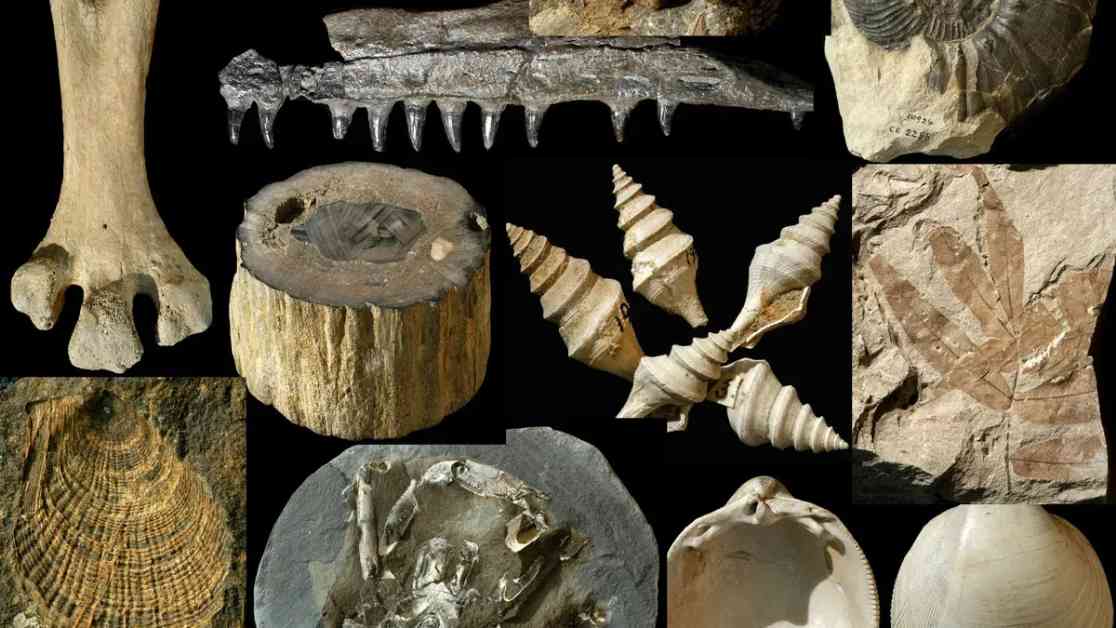Fossils in the FRED database span species and time. New Zealand is the only country in the world with a complete, open-access database of its fossil record. It all began in 1946 with a filing cabinet filled with paper forms at the New Zealand Geological Survey. The project was led by Harold Wellman, a pioneering geologist, and others mapping the country geologically. The forms assigned a map reference and serial number to locations, recording fossils, stratigraphy, rock details, and more. This early start allowed New Zealand to create a database that wasn’t possible elsewhere in the world.
While other countries have similar databases, none has the same coverage of an entire region like FRED. The database, now digital, contains over 100,000 location entries mainly from New Zealand, but also from the Pacific islands and Antarctica. It’s considered an icon of New Zealand geological literature and is open to anyone to access and contribute data. Four curators review entries, ensuring accuracy.
Using FRED has become a cultural norm in New Zealand’s scientific community. It’s expected that any new fossil site will be entered into the database for validation and future research. The database promotes trust and collaboration among scientists and allows for the passing on of knowledge from one generation to the next. Detailed data are preserved in FRED, providing a wealth of information beyond what’s typically included in scientific papers.
Researchers worldwide can access FRED’s data for new discoveries and analyses. For example, in 2018, researchers in the US used the database to study mollusk extinction rates, highlighting New Zealand as a hotspot for bivalve extinctions. However, the future of FRED is uncertain due to funding cuts in New Zealand’s scientific community. Some worry that new data may not be entered into the database as resources dwindle.
Despite these challenges, scientists hope that FRED will continue to be a valuable resource for at least another 80 years. The database has been instrumental in understanding New Zealand’s fossil history and has the potential to reveal even more insights in the future. It’s a remarkable dataset that has served the country well and remains a unique asset in the field of paleontology.










